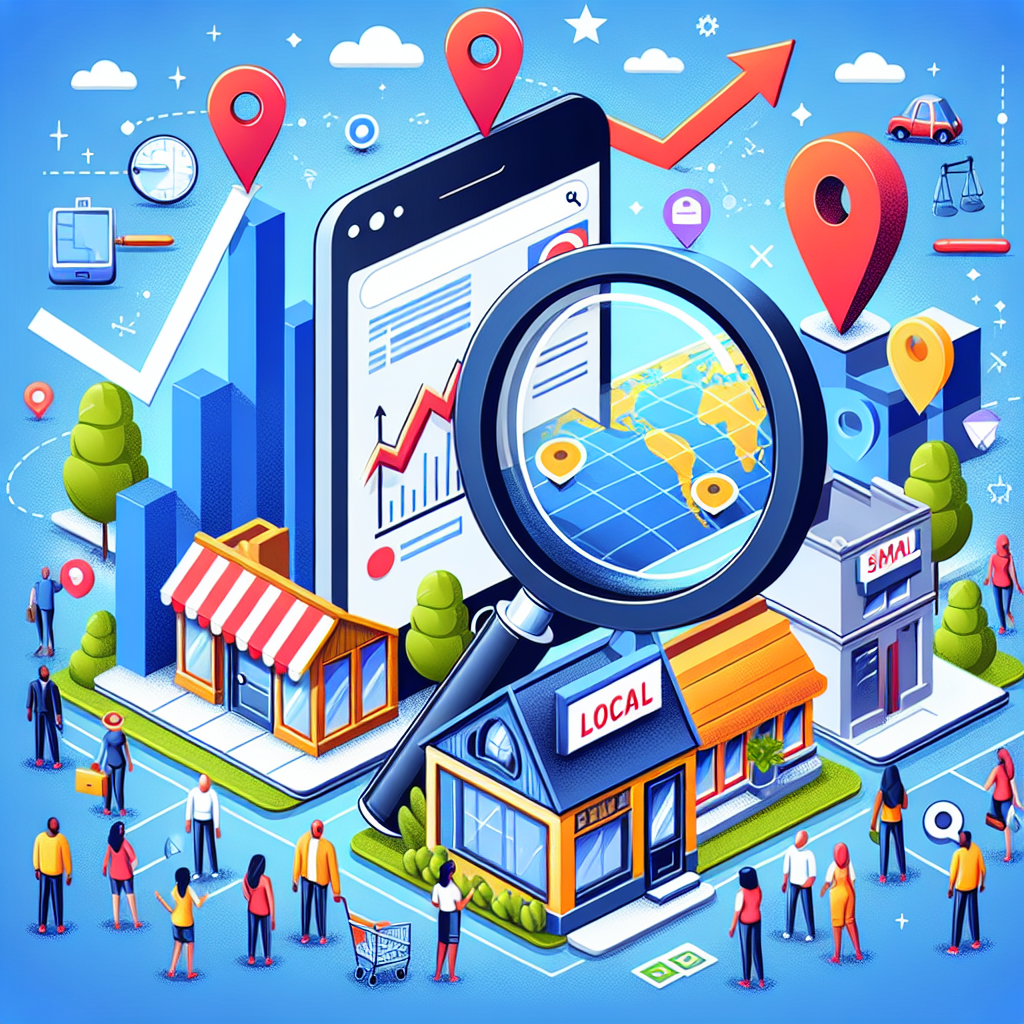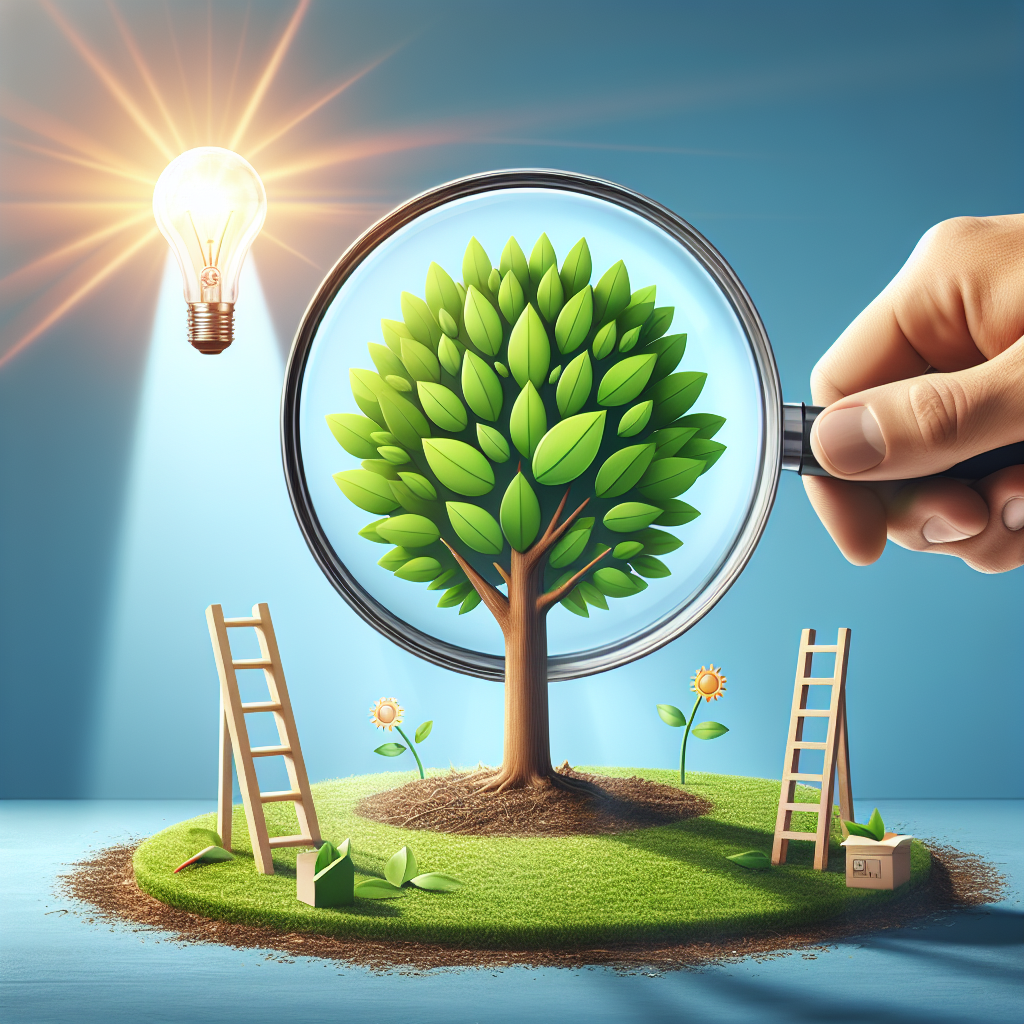The Importance of a Customer-Centric Business Strategy
What is a Customer-Centric Business Strategy?
A customer-centric business strategy places the customer at the heart of every decision, process, and interaction within a company. It’s a philosophy that prioritizes understanding and meeting customer needs, preferences, and expectations above all else. Unlike a product- or service-centric approach, which focuses on creating and selling the best possible offerings, a customer-centric strategy begins with the customer and works backward to design products, services, and experiences that align with their desires.
The difference between these approaches is stark. A product-centric business might ask, “How can we improve our product to sell more?” while a customer-centric business asks, “What do our customers need, and how can we fulfill that need?” This shift in perspective is not just a trend but a necessity in today’s competitive market. With customers having more choices than ever before, businesses that fail to prioritize their customers risk losing them to competitors who do.
In an era where online reviews, social media, and word-of-mouth can make or break a brand, customer-centricity has become a key differentiator. Companies that adopt this strategy are better positioned to build trust, foster loyalty, and create long-term value for both their customers and their business.
The Core Principles of a Customer-Centric Approach
Understanding Customer Needs and Pain Points
The foundation of a customer-centric strategy lies in understanding your customers deeply. This involves gathering insights through surveys, feedback forms, social media listening, and analytics. By identifying customer pain points, preferences, and behaviors, businesses can tailor their offerings to address specific needs. For example, a clothing retailer might discover through customer feedback that sizing inconsistencies are a major pain point. Armed with this knowledge, they can implement more accurate sizing charts or offer virtual fitting tools to enhance the shopping experience.
Customer insights also help businesses stay ahead of trends. By continuously monitoring customer feedback, companies can adapt to changing preferences and remain relevant in a dynamic market.
Personalization and Tailored Experiences
Personalization is no longer a luxury—it’s an expectation. Customers want to feel valued and understood, and businesses that deliver tailored experiences are more likely to build strong relationships. This can range from personalized email marketing campaigns to product recommendations based on past purchases. For instance, streaming platforms like Netflix use algorithms to suggest content based on viewing history, creating a highly personalized experience that keeps users engaged.
Tailored experiences go beyond digital interactions. In physical retail, sales associates who remember a customer’s preferences or suggest complementary products can create a memorable shopping experience that fosters loyalty.
Proactive Problem Solving
A truly customer-centric business doesn’t wait for problems to arise—it anticipates them. Proactive problem solving involves identifying potential issues before they impact the customer and addressing them preemptively. For example, an airline might notify passengers of potential delays and offer alternative flight options before they even arrive at the airport. This not only minimizes inconvenience but also demonstrates a commitment to customer satisfaction.
Proactive businesses also use data to predict customer needs. For instance, a subscription box service might analyze usage patterns to suggest replenishment orders before customers run out of their favorite products.
Benefits of a Customer-Centric Business Strategy
Increased Customer Loyalty and Retention
When customers feel valued and understood, they’re more likely to remain loyal to a brand. A customer-centric approach fosters trust and emotional connections, which are key drivers of loyalty. Loyal customers are not only more likely to make repeat purchases but also to advocate for the brand, becoming powerful ambassadors who drive word-of-mouth marketing.
Higher Revenue and Profitability
Happy customers are profitable customers. Studies consistently show that satisfied customers spend more, purchase more frequently, and are less price-sensitive. Additionally, acquiring new customers is significantly more expensive than retaining existing ones. By focusing on customer satisfaction, businesses can reduce churn and increase lifetime customer value, ultimately boosting revenue and profitability.
Improved Brand Reputation
A customer-first approach enhances a company’s reputation. Brands that consistently deliver exceptional customer experiences are more likely to earn positive reviews, social media mentions, and industry recognition. This not only attracts new customers but also strengthens relationships with existing ones. Companies like Zappos, known for their exceptional customer service, have built their reputations on putting customers first, proving that a customer-centric strategy is a powerful tool for brand building.
How to Build a Customer-Centric Culture in Your Organization
Leadership Commitment
Creating a customer-centric culture starts at the top. Leadership must set the tone by prioritizing customer needs in decision-making and modeling customer-first behaviors. When executives champion customer-centricity, it sends a clear message to the entire organization that the customer is the priority.
Employee Training and Empowerment
Employees are the frontline of customer interactions, and their ability to deliver exceptional service is critical. Training programs should equip employees with the skills and knowledge to understand and meet customer needs. Empowering employees to make decisions that benefit the customer—without bureaucratic red tape—can also enhance the customer experience. For example, Ritz-Carlton famously allows employees to spend up to $2,000 to resolve customer issues without managerial approval.
Cross-Department Collaboration
Customer-centricity isn’t limited to customer service teams—it requires alignment across all departments. Marketing, sales, product development, and operations must work together to ensure a seamless customer experience. For instance, a marketing team might share customer insights with the product team to inform the development of new features that address unmet needs.
The Role of Technology in Supporting Customer-Centric Strategies
Customer Relationship Management (CRM) Tools
CRM tools are invaluable for managing customer interactions and data. They provide a centralized platform for tracking customer history, preferences, and feedback, enabling businesses to deliver personalized experiences. For example, a CRM system can help a sales team identify high-value customers and tailor their outreach accordingly.
Data Analytics and AI
Data analytics and artificial intelligence (AI) are transforming customer-centric strategies. By analyzing customer data, businesses can uncover patterns and predict future behavior. AI-powered chatbots, for instance, can provide instant support and resolve common issues, enhancing the customer experience while reducing response times.
Omnichannel Communication
Today’s customers interact with brands across multiple channels, from social media to in-store visits. An omnichannel approach ensures a consistent experience across all touchpoints. For example, a customer who starts a conversation on a company’s website should be able to continue it seamlessly via email or phone without repeating themselves.
Common Challenges in Adopting a Customer-Centric Strategy (and How to Overcome Them)
Resistance to Change
Shifting to a customer-centric mindset often requires significant cultural and operational changes, which can face resistance from employees and leadership. Overcoming this challenge involves clear communication about the benefits of customer-centricity and involving employees in the transition process.
Balancing Customer Needs with Business Goals
While prioritizing customers is essential, it’s equally important to ensure that their needs align with business objectives. This requires finding a balance between delivering value to customers and maintaining profitability. For example, offering discounts to retain customers might be effective in the short term but unsustainable in the long run.
Measuring Success
Measuring the effectiveness of a customer-centric strategy can be challenging. Key metrics like Net Promoter Score (NPS), Customer Lifetime Value (CLV), and customer satisfaction surveys provide valuable insights into how well a business is meeting customer needs.
Real-World Examples of Customer-Centric Companies
Case Study: Amazon
Amazon’s customer-first philosophy is a cornerstone of its success. From personalized recommendations to hassle-free returns, every aspect of Amazon’s business is designed to enhance the customer experience. Their commitment to fast delivery through Prime and their focus on customer feedback have made them a leader in customer-centricity.
Case Study: Zappos
Zappos is renowned for its exceptional customer service. Their “Deliver WOW Through Service” core value empowers employees to go above and beyond for customers, whether it’s offering free shipping upgrades or spending hours on the phone to resolve issues.
Other Notable Examples
Companies like Apple, Nordstrom, and Starbucks have also excelled in customer-centricity by creating memorable experiences and building strong emotional connections with their customers.
Future Trends in Customer-Centric Business Strategies
The Rise of Hyper-Personalization
Advances in technology are enabling businesses to deliver hyper-personalized experiences. From AI-driven product recommendations to dynamic pricing models, the future of customer-centricity lies in leveraging data to create highly tailored interactions.
Sustainability and Ethical Practices
Modern customers increasingly value businesses that align with their ethical and environmental values. Companies that prioritize sustainability and transparency are more likely to win customer loyalty in the long term.
Customer-Centric Innovation
Involving customers in the product development process is becoming more common. Crowdsourcing ideas and gathering feedback during the design phase ensures that new products and services meet customer expectations.
Actionable Steps to Implement a Customer-Centric Strategy Today
- Gather Customer Insights : Use surveys, feedback forms, and analytics to understand your customers’ needs and pain points.
- Invest in Technology : Implement CRM tools and data analytics to personalize interactions and predict customer behavior.
- Train Your Team : Equip employees with the skills and knowledge to prioritize customer satisfaction.
- Foster Collaboration : Align all departments around a shared commitment to the customer.
- Start Small : For small businesses, focus on one or two key areas where you can make the biggest impact, such as improving customer service or personalizing marketing efforts.











